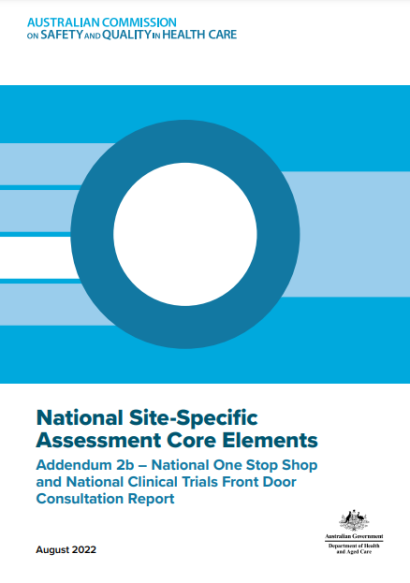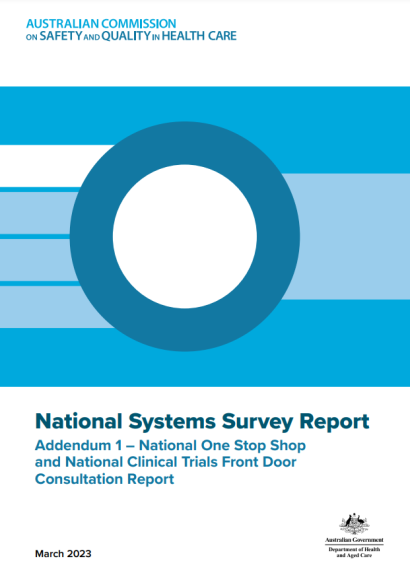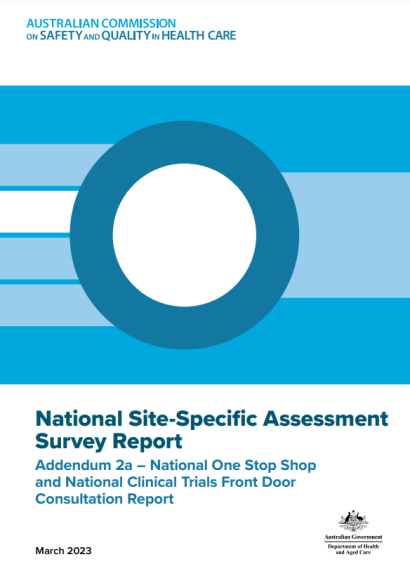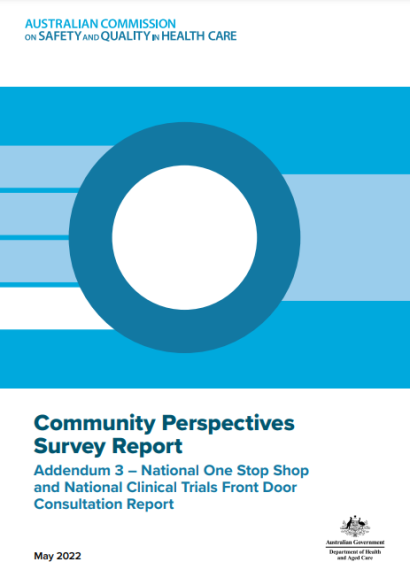The Commission has released two new quality improvement tools to help healthcare services implement the Sepsis Clinical Care Standard launched earlier this year.
Three national quality use of medicines (QUM) publications have been updated to improve the quality and safety of medication management for all Australians.
From March 2023, all heath service organisations conducting clinical trials will need to implement the National Clinical Trials Governance Framework in alignment with assessment to the National Safety and Quality Health Service Standards.
From 1 January 2023, the Commission became the custodian of Quality Use of Medicine (QUM) functions under the Australian Government’s revised Quality Use of Diagnostics, Therapeutics and Pathology Program. This included the ongoing management of the MedicineInsight data collection.
Resources to support health service organisations prepare for the transition to short notice assessments for accreditation to the NSQHS Standards.
Requirements for the National One Stop Shop, the National Clinical Trials Front Door and core elements of the National Site-Specific Assessment





